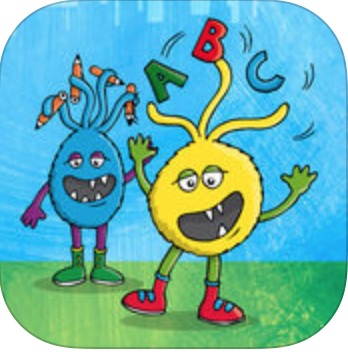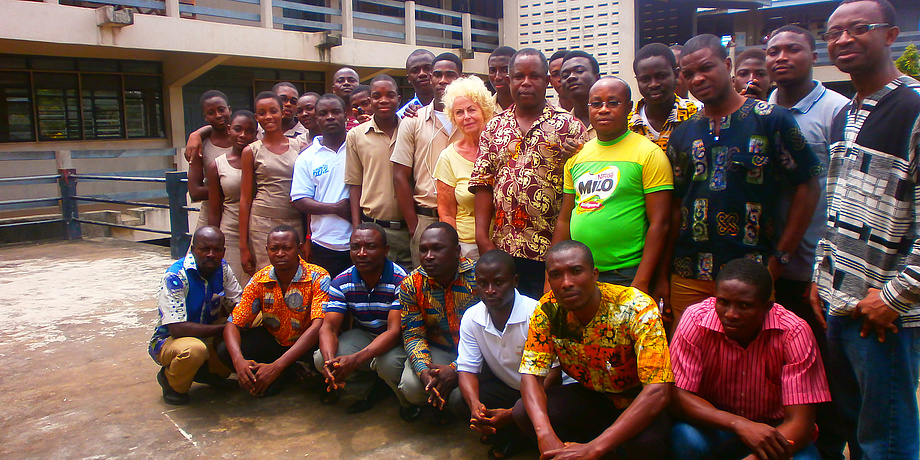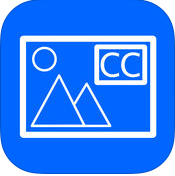Im Rahmen der 25. Jahrestagung der Gesellschaft für Medien in der Wissenschaft (GMW) haben wir einen Beitrag zu „Digitalisierung ist konsequent eingesetzt ein pädagogischer Mehrwert für das Studium: Thesen zur Verschmelzung von analogem und digitalem Lernen auf der Grundlage von neun Fallstudien“ verfasst.
Zusammenfassung:
Viele Jahre war der Einsatz von computergestütztem Lehren und Lernen an (tragbare) Computer gebunden. Ob digitale Hilfsmittel, z. B. Laptop und Video-Projektor, zum Einsatz kamen war deutlich erkennbar. Spätestens mit dem ubiquitären Internet und den Smartphones in den Taschen der Studierenden ist diese Grenzziehung zwischen sog. „analoger“ d. h. herkömmlicher Präsenzlehre sowie dem „digitalen“, d. h. dem computergestützten Lehren und Lernen, vermutlich sogar obsolet. Die Digitalisierung verändert auf unterschiedliche Weise die Lehre. Im Papier wird die These aufgestellt, dass dabei digitale und sogenannte analoge Aspekte immer mehr miteinander verschmelzen. Besonderheiten von verschmolzenen Lern- und Lehrformaten wurden in einem Arbeitspapier, das für das Hochschulforum Digitalisierung erstellt wurde, herausgearbeitet. Im Beitrag werden neun Fallstudien skizziert und ihre Besonderheiten verglichen. Daraus abgeleitet werden Thesen über die Charakteristik von verschmolzenen Lern- und Lehrformaten.
[Beitrag @ ResearchGate]
Zitation: Schön, S., Ebner, M., Schön, M., Haas, M. (2017) Digitalisierung ist konsequent eingesetzt ein pädagogischer Mehrwert für das Studium: Thesen zur Verschmelzung von analogem und digitalem Lernen auf der Grundlage von neun Fallstudien. In: Bildungsräume, Igel, C. (Hrsg.), Proceedings der 25. Jahrestagung der Gesellschaft für Medien in der Wissenschaft, Waxmann, S. 11-19




